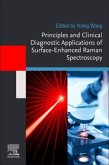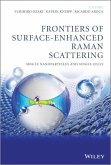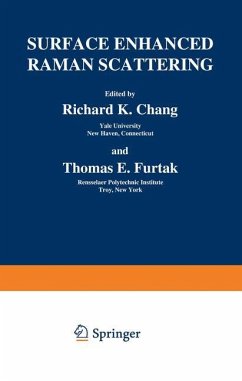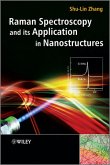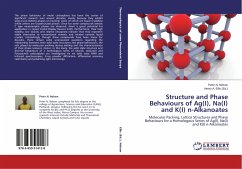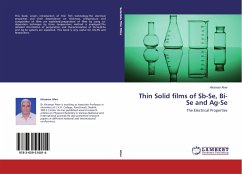Recent contamination of food by the use of melamine has led to huge economic losses in the food industry. Food and drug administration (FDA) currently uses methods that are laborious and time consuming. As a consequence scientists have been grappling with development of methods that are more efficient and cost effective for trace analysis of various food adulterates. One such method is the use of silver nanostructures in the presence of Surface Enhanced Raman spectroscopy that are capable of generating high enhancement of the signals, leading to low detection of the signals from the analyte. In the book, a literature review of the various synthesis methods, purification of the end products,assembly of nanostructures on glass templates as well as characterization of silver nanowires/nanoparticles and their potential use in Surface Enhanced Raman Spectroscopy is suggested.


